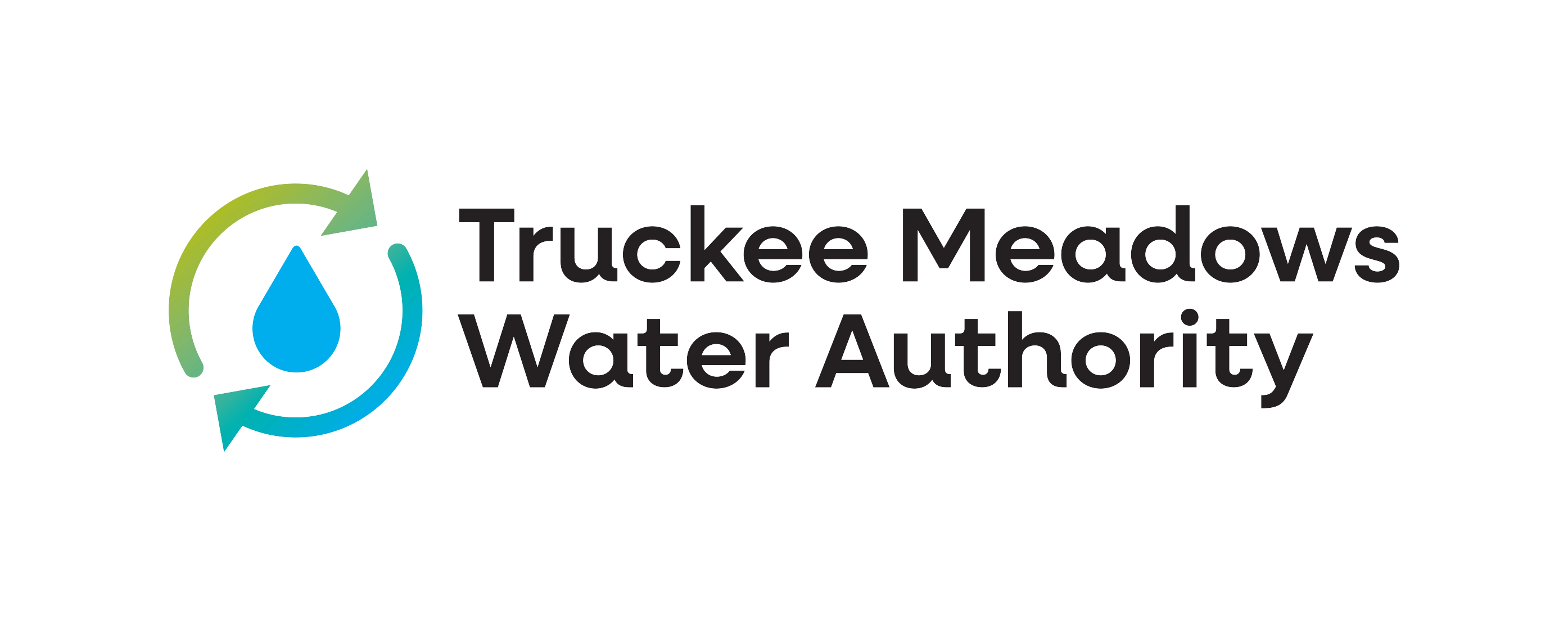Fertilizing is especially important in mature tree care.
In our region, many activities disturb the native soil, remove nutrients, and compact the soil. Knowing what fertilizer to use and how much is best determined by a soil test. Many nurseries, as well as our local extension service, offer soil testing.
Types of Fertilizers
Complete fertilizers are those that contain nitrogen, phosphorus and potassium. The ratio of these essential nutrients are labeled on the fertilizer bag or container. These inorganic fertilizers release their elements quickly when dissolved in water, but can burn roots if too much is applied.
Slow-release fertilizers have a coating that helps prevent burning, making it possible to apply more nitrogen in less frequent applications.
Liquid fertilizers can be injected into the root zone of a tree to deliver nutrients dissolved in water, which can be easily absorbed by the trees’ root system.
Arborists may use a foliar fertilizer (sprayed on the leaves) or microinjects to treat specific nutrient deficiencies.
How Much Fertilizer Do I Apply and When?
When applying fertilizer, always follow the manufacturer’s directions. Fertilizers are most easily taken up by trees during active growth periods, which in our area is in the early spring and into the summer growing season.
It is important to remember that for fertilizers to work properly, they need plenty of water. Slow-release fertilizers can be applied any time the ground is not frozen and adequate water is available.
Read about the importance of fertilizing as part of mature tree care at the International Society of Arboriculture Web Site.
